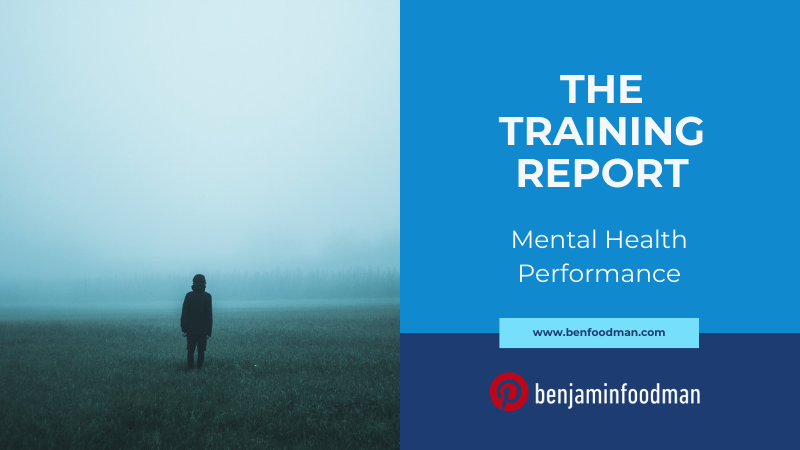Mental Health Performance - What Athletes Need To Know Part I. Anxiety, Panic Attacks & The Role Of Sport Psychology
About the Author
Ben Foodman is a licensed psychotherapist & performance specialist. He owns his private practice located in Charlotte North Carolina where he specializes in working with athletes to help them overcome mental blocks (the yips), PTSD, ADD / ADHD and achieve flow states through the techniques of Brainspotting & Neurofeedback. If you are interested in services, use the link here! Enjoy the article below!
Introduction: How Athletes Need To Work With Sport Psychologists To Address Anxiety & Panic Attacks
On the surface, most athletes appear confident both during performances and when they are socially engaged with their peers. However, in my experience many athletes are suffering with the chronic effects of anxiety and panic attacks. Part of the reason so many athletes ‘suffer in silence’ is because of the immense stigma associated with mental health issues and seeking help to address these concerns. Because this is such a prevalent issue, I wanted to take the time to address these concerns with important psychoeducation.
For this issue of the Training Report, we will first begin in part I. by reviewing how anxiety and panic attacks affect athletes during training and sport competition. In part II. I will then review the DSM diagnostic criteria for anxiety and panic attacks, and how this information contrasts with the updated neuroscience explanations for these problems. Finally in part III. I will review interventions that athletes can use to help reduce or eliminate the symptoms of anxiety and panic attacks. Let’s first begin by exploring how anxiety and panic attacks negatively impacts athletes during sports.
Part I. How Anxiety & Panic Attacks Affect Athletes During Sports Performance
While I have covered these issues in previous Training Reports, I want to go into further detail about what anxiety and panic attacks look like in a sport performance context. In my experience working with all different levels of athletes and through conversations with my colleagues, athletes have reported experiencing the following anxiety symptoms when dealing with these issues: racing heart beat, excessive sweating, narrow vision, sensations of barely being able to breath, heat temperature change sensations throughout the body, feeling ‘frozen’, talking too fast, unable to speak.
There are most certainly situations where these symptoms are exclusively due to lack of experience in a performance situation, but by and large these stress responses are due to either unprocessed trauma or the particular athlete is in a sense ‘biologically wired’ to be in a more sympathetic nervous system state. In either case, these symptoms of anxiety and panic attacks can make it almost impossible for the athlete to sustain a long-lasting career in sports. But in order to solve these issues, we first have to understand in more detail what anxiety and panic attacks actually are.
Part II. How Sport Psychologists Understand The Neuropsychology Of Anxiety & Panic Attacks
Let’s first begin by reviewing how the Diagnostic And Statistical Manual (DSM) of Mental Disorders characterizes anxiety and panic attacks. According to the DSM anxiety is defined as disorders that share features of excessive fear and anxiety and related behavioral disturbances. In regards to panic attacks the DSM states: an abrupt surge of intense fear or intense discomfort that reaches a peak within minutes, and during which time four or more of a list of 13 physical and cognitive symptoms occur. Per the DSM these 13 symptoms include the following: palpitations or pounding heart, sweating, trembling, sensations of shortness of breath, feelings of choking, chest pain, nausea, feeling dizzy, chills or heat sensations, paresthesia (numbness or tingling sensations), derealization (feelings of unreality) and or depersonalization (being detached from one-self), fear of losing control, or fear of dying.
The DSM has many critics and rightfully so. The manual however does have some use, but the problem is that too many clinicians rely on the manual to completely ‘diagnose’ the problem while also using interventions that do not align in any meaningful way at actually helping athletes. That is because while the symptoms above do accurately describe anxiety and panic attacks, these symptoms do not explain WHY this happens to athletes. Largely, the reason many athletes experience anxiety and panic attacks is because they are dealing with unprocessed trauma. This unprocessed trauma can be a result of many things such as abuse from one’s past, car accidents, surgeries, parent-child attachment issues, or sport related trauma such as injuries, sports humiliations or other negative experiences. So what can athletes do to properly address these issues?
Part III. Sport Psychologists Use Brainspotting & EMDR To Help Athletes Overcome Anxiety & Panic Attacks
Many sport psychologists are finally becoming informed about the importance of using trauma-informed therapy interventions and somatic based approaches to help athletes deal with this unprocessed stress. Two of the most popular interventions that help athletes overcome these issues are EMDR and Brainspotting. Both of these approaches can be considered either brain-based psychotherapy or focused mindfulness approaches. Regardless, these techniques help athletes bypass the areas of the brain not primarily involved with the generation of regulation-dysregulation behaviors while primarily accessing the areas that are involved with the creation of regulation-dysregulation behaviors, which ultimately will help athletes potentially overcome anxiety and panic attacks and achieve peak performance potential! If you would like to learn more, use this link for more information!
Note To Reader:
If you are an athlete reading this segment of the TRAINING REPORT, hopefully this content was helpful! I put the Training Report together because I felt like many of the discussions on issues such as the Yips/mental blocks, strength training & other subject matter on athlete performance concepts were really missing the mark on these ideas (e.g. how trauma is the direct cause of the Yips). If you are interested in learning more, make sure to subscribe below for when I put out new content on issues related to sport psychology & athlete performance! Also, if you are looking to work with a mental performance specialist, you are in the right place! USE THIS LINK to reach out to me to see if my services are the right fit for your goals!
ARE YOU ON THE LIST?
Make sure you’re signed up to Ben’s mailing list to receive news & updates on new strategies in sport psychology, upcoming workshops & products. Don’t wait, sign up now!

































